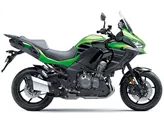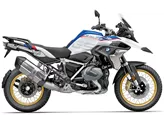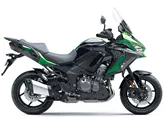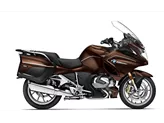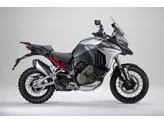BMW R 1200 GS 2016 vs. Kawasaki Versys 1000 2016

BMW R 1200 GS 2016

Kawasaki Versys 1000 2016
Overview - BMW R 1200 GS 2016 vs Kawasaki Versys 1000 2016
The BMW R 1200 GS 2016 and the Kawasaki Versys 1000 2016 are both enduro motorcycles that offer powerful engines and comfortable seating positions. However, there are several key differences between the two models.
In terms of engine specifications, the BMW R 1200 GS 2016 is equipped with a Boxer engine, while the Kawasaki Versys 1000 2016 features an in-line four-cylinder engine. The BMW has a larger bore and stroke, resulting in a higher engine power of 125 HP compared to the Versys' 120 HP. The BMW also has a higher torque of 125 Nm compared to the Versys' 102 Nm. Both motorcycles have different transmission systems, with the BMW using a prop shaft and the Versys utilizing a chain.
In terms of suspension, the BMW R 1200 GS 2016 has a front suspension strut with preload adjustment, while the Kawasaki Versys 1000 2016 features an upside-down telescopic fork with compression, preload, and rebound adjustment. Both motorcycles have rear suspension systems with similar adjustment capabilities.

BMW R 1200 GS 2016
When it comes to the chassis, the BMW R 1200 GS 2016 has a steel frame, while the Kawasaki Versys 1000 2016 features an aluminum frame. The BMW has double disk brakes at the front, while the Versys also has double disk brakes but with a well-controlled braking system.
In terms of dimensions and weights, the BMW R 1200 GS 2016 has a larger front tire diameter of 19 inches compared to the Versys' 17 inches. The rear tire width is also slightly smaller on the BMW at 170 mm compared to the Versys' 180 mm. The wheelbase is slightly longer on the Versys at 1520 mm compared to the BMW's 1507 mm. The seat height is also slightly lower on the Versys at 840 mm compared to the BMW's 850 mm. The BMW has a slightly lower kerb weight of 238 kg compared to the Versys' 250 kg. Both motorcycles have similar fuel tank capacities, with the BMW at 20 liters and the Versys at 21 liters.

Kawasaki Versys 1000 2016
In terms of strengths, the BMW R 1200 GS 2016 is known for its powerful engine, low consumption, comfortable seating position, and its ability to be used off-road. It also has a high reputation in the motorcycle community. On the other hand, the Kawasaki Versys 1000 2016 offers a sporty look, comfortable seating position, powerful and cultivated in-line four-cylinder engine, adjustable windshield, stable chassis, well-controlled braking system, clever range of accessories, and a comparatively low price.
However, both motorcycles also have their weaknesses. The BMW R 1200 GS 2016 has a long and expensive surcharge side, and its Telelever front suspension may take some getting used to. Additionally, the brakes on the BMW are known to be very sharp. The Kawasaki Versys 1000 2016 has a windshield that can only be adjusted when stationary, and the gear indicator costs extra.
In conclusion, both the BMW R 1200 GS 2016 and the Kawasaki Versys 1000 2016 offer their own unique strengths and weaknesses. The BMW is known for its powerful engine and off-road capabilities, while the Versys offers a sporty look and a more affordable price. Ultimately, the choice between the two will depend on the individual's preferences and priorities.
Technical Specifications BMW R 1200 GS 2016 compared to Kawasaki Versys 1000 2016
Pros and Cons in comparison
Pros and Cons in comparison
BMW R 1200 GS 2016
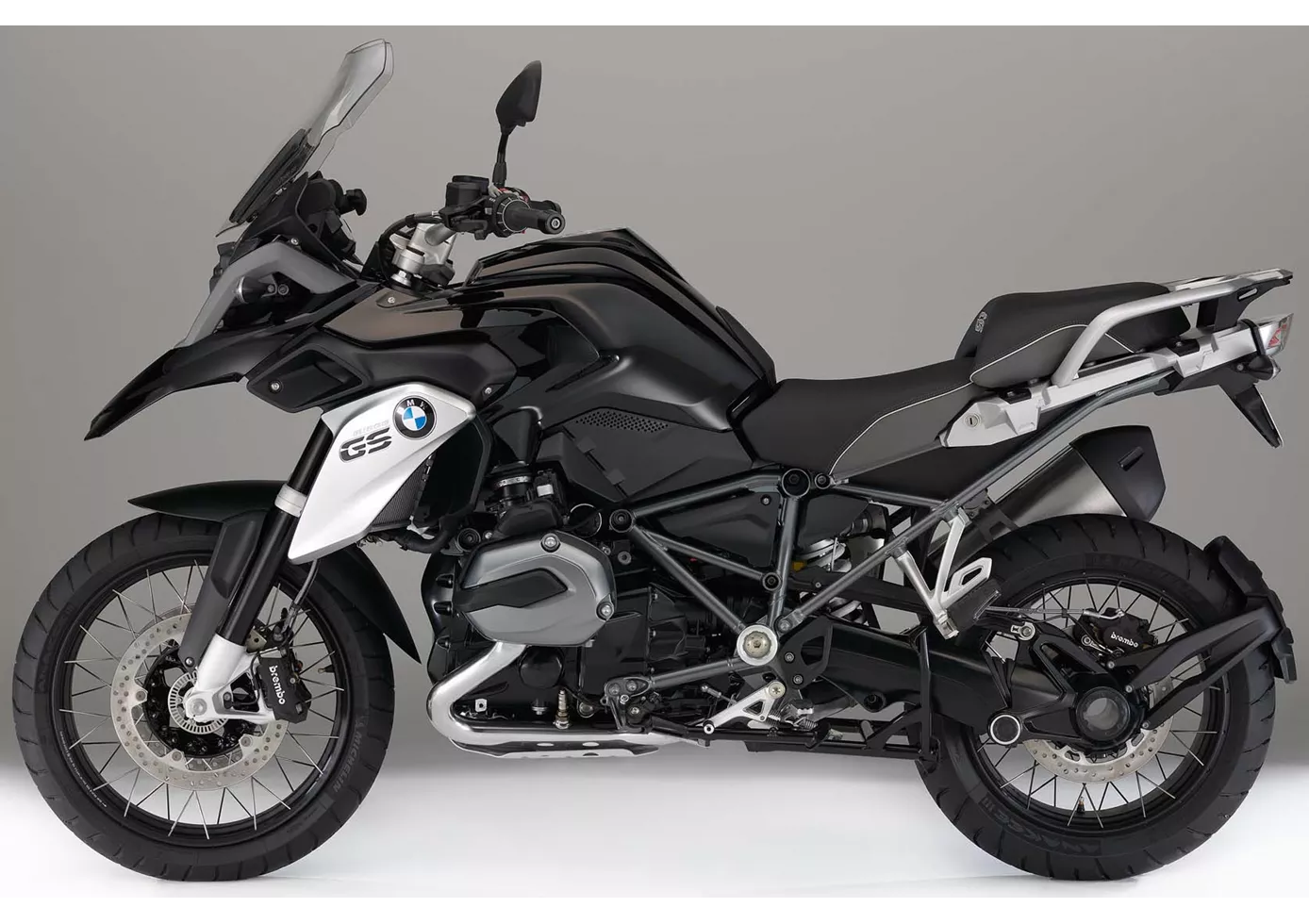
A GS is at home almost anywhere - but only to a limited extent on the racetrack. It's a pleasure to feel the power of the partially water-cooled boxer twin cylinder on the exit of the bend - 125 hp only seems much weaker on paper than 150 or even 160 hp on the competition. With 125 Newton metres of torque, the acceleration from the bottom is superb anyway and the GS, at 238 kilos ready to ride, does not carry too much flab despite its bulky appearance. In very tight corners, the low centre of gravity also has a positive effect - the BMW R 1200 GS is very hard to crack! Even the front telelever suspension, which suppresses the front wheel's tendency to sink in under braking, fits perfectly into the GS's overall package and only slightly detracts from its sporty character.
Kawasaki Versys 1000 2016

The Kawasaki Versys 1000 is not a completely new model - even if it looks like one from the design point of view. The look has been cleverly adapted to the current aggressive Kawasaki line with two pointed headlights and many edges at the front. Technically, on the other hand, it has been cautiously upgraded - but quite sensibly. Two additional horsepower boost the output to 120 hp, which is excellent to ride thanks to the wonderful in-line four-cylinder characteristics. The chassis corresponds to the sporty demands of a Kawasaki, but the ergonomics and comfortable seating position allow for long journeys - just like a big enduro. With useful accessories such as a pannier set, top case, heated grips and additional headlights, the Versys 1000 becomes a serious long-distance tourer - the comparatively low base price makes these gimmicks quite affordable.
Price Comparison Avarage Market Price BMW R 1200 GS vs Kawasaki Versys 1000
There are a few key differences between a BMW R 1200 GS 2016 and a Kawasaki Versys 1000 2016. In terms of price, the actual average price of a BMW R 1200 GS 2016 is about 50% higher. A BMW R 1200 GS 2016 experiences a loss of 410 USD in one year and 880 USD in two years of ownership. This is offset by a loss of 1,080 USD and 930 USD for a Kawasaki Versys 1000 2016. Compared to Kawasaki Versys 1000 2016 there are more BMW R 1200 GS 2016 bikes available on the 1000PS.de Marketplace, specifically 47 compared to 7. It takes less time to sell a BMW R 1200 GS with 70 days compared to 88 days for a Kawasaki Versys 1000. Since model year 2005 1000PS.de editors have written 98 reviews for the BMW R 1200 GS and 19 reviews for the Kawasaki Versys 1000 since model year 2012. The first review for the BMW R 1200 GS was published on 1/20/2004 and now has more than 19,100 views. This compares to more than 8,400 views for the first review on Kawasaki Versys 1000 published on 11/7/2011.







